Amazon Connect Contact Lens
Real-time contact center analytics and quality management powered by artificial intelligence
Essential insights at your fingertips
Amazon Connect Contact Lens provides contact center analytics and quality management capabilities that enables you to monitor, measure, and continuously improve contact quality and agent performance for a better overall customer experience. With analytics that provide a deeper view of your customer conversations for both voice and chat, you can automatically transcribe customer calls, analyze customer sentiment, discover top contact drivers, redact sensitive data, and more, all natively within Amazon Connect. Contact Lens enables agent performance evaluations against defined quality standards, aided by conversational analytics and screen recording capabilities. And with generative AI, supervisors can automatically complete evaluations for 100% of agents’ customer interactions and get aggregated agent performance to identify coaching opportunities.
Overview
Amazon Connect Contact Lens provides contact center analytics and quality management capabilities that enables you to monitor, measure, and continuously improve contact quality and agent performance for a better overall customer experience. With analytics that provide a deeper view of your customer conversations for both voice and chat, you can automatically transcribe customer calls, analyze customer sentiment, discover top contact drivers, redact sensitive data, and more, all natively within Amazon Connect. Contact Lens enables agent performance evaluations against defined quality standards, aided by conversational analytics and screen recording capabilities. And with generative AI, supervisors can automatically complete evaluations for 100% of agents’ customer interactions and get aggregated agent performance to identify coaching opportunities.
Uncover trends and insights from every conversation
Empower supervisors with a deeper understanding of customer intent and conversations in real-time. Contact Lens conversational analytics uses natural language processing (NLP) to understand sentiment, conversation characteristics, themes, and agent compliance risks during customer calls and chats. For example, supervisors can verify that standard greetings and sign-offs are used, help coach agents, and replicate successful interactions.
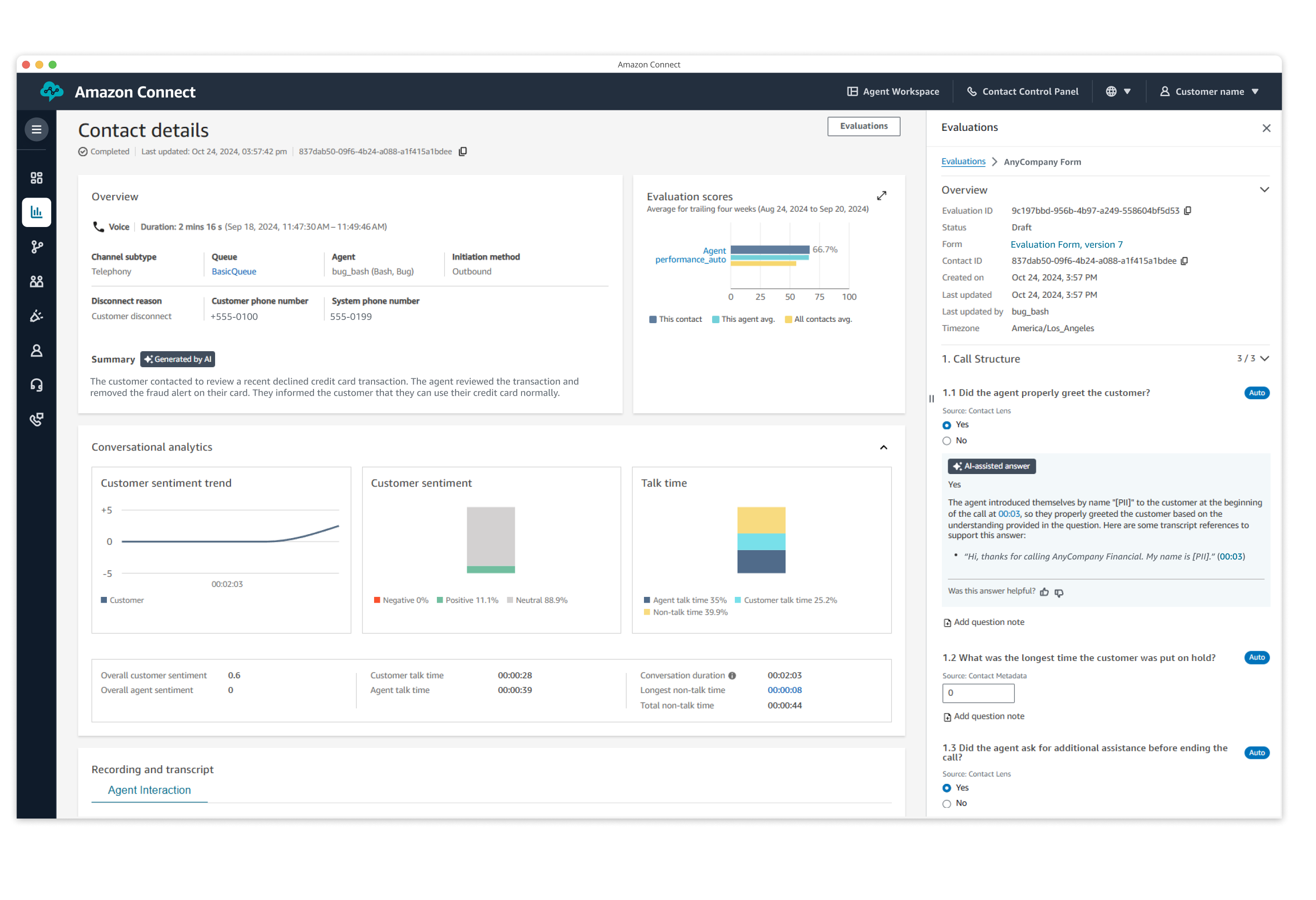
Streamline manager activities with generative AI
Save valuable time with generative AI-powered post-contact summaries that provide essential information from customer conversations in a structured and easy to read format, without having to read through transcripts or monitor calls. Agents can also use summaries that are generated within seconds after a call ends, significantly reducing After Contact Work (ACW). Additionally, managers can automatically perform and complete agent evaluations with generative AI and get aggregated agent performance to identify coaching opportunities.
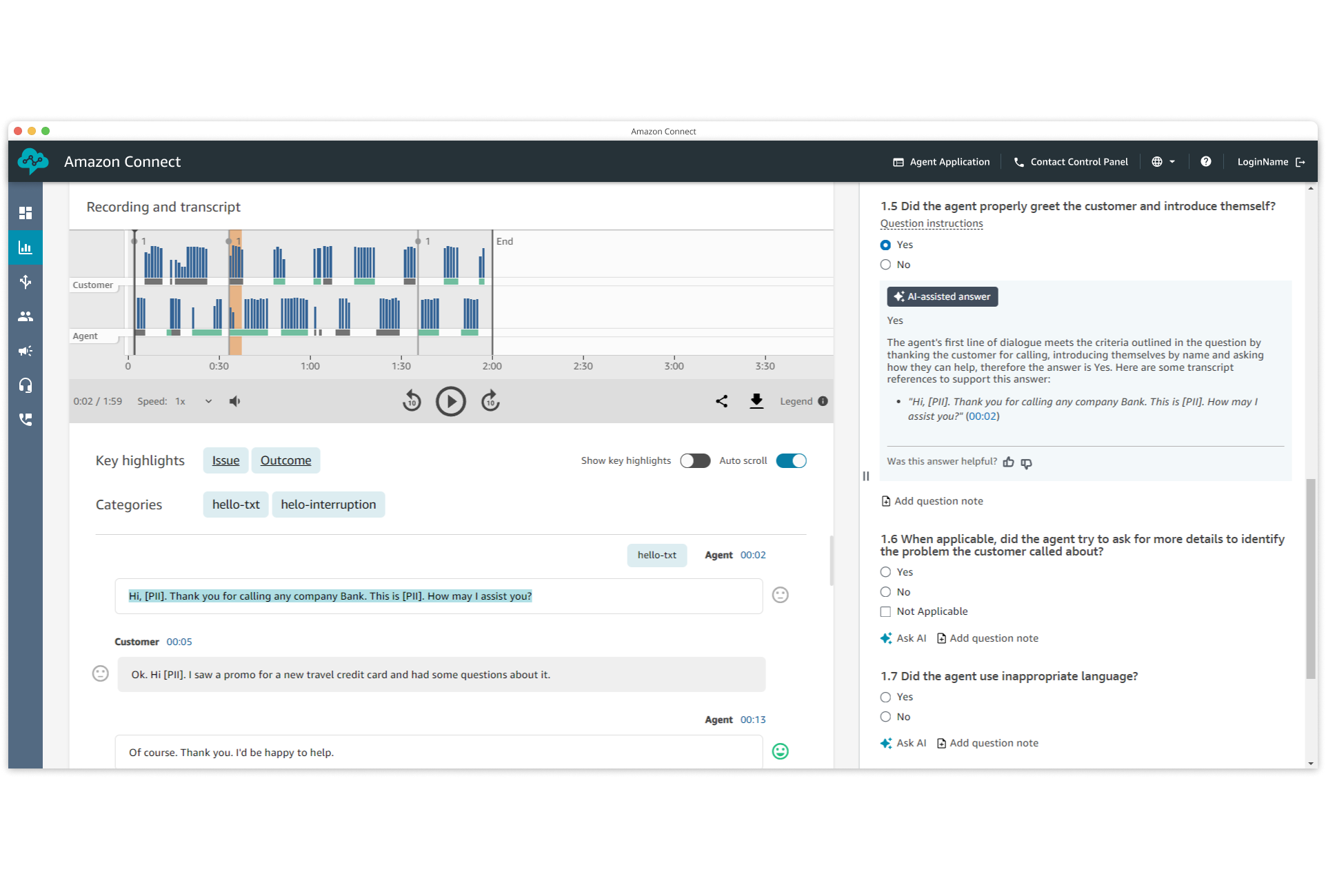
Enhance contact center security and compliance
Detect and redact sensitive customer data such as credit card details, addresses, and social security numbers from audio recordings and transcripts. You can also improve agent compliance with company policies or regulatory requirements by tracking all customer conversations for script adherence using categorization based on criteria you determine. For example, you can track words or phrases used in required disclaimers, greetings and sign-offs.
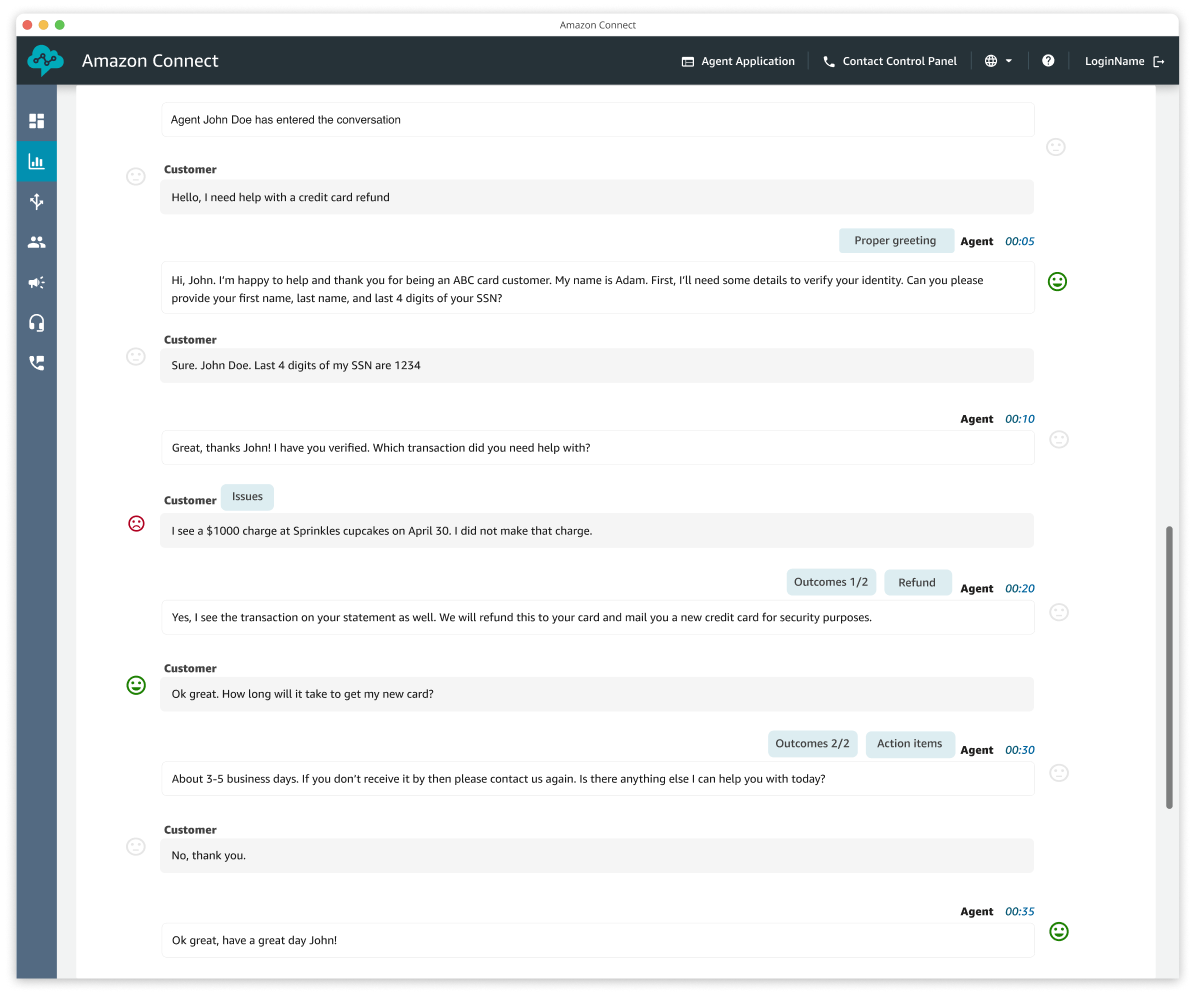
Monitor real-time metrics and act proactively
Set real-time alerts to flag agent coaching opportunities and discover customer insights with detailed analysis in the analytics dashboard. Configure customized dashboards that include sentence-by-sentence transcripts, sentiment analysis, and categories from customer conversations.
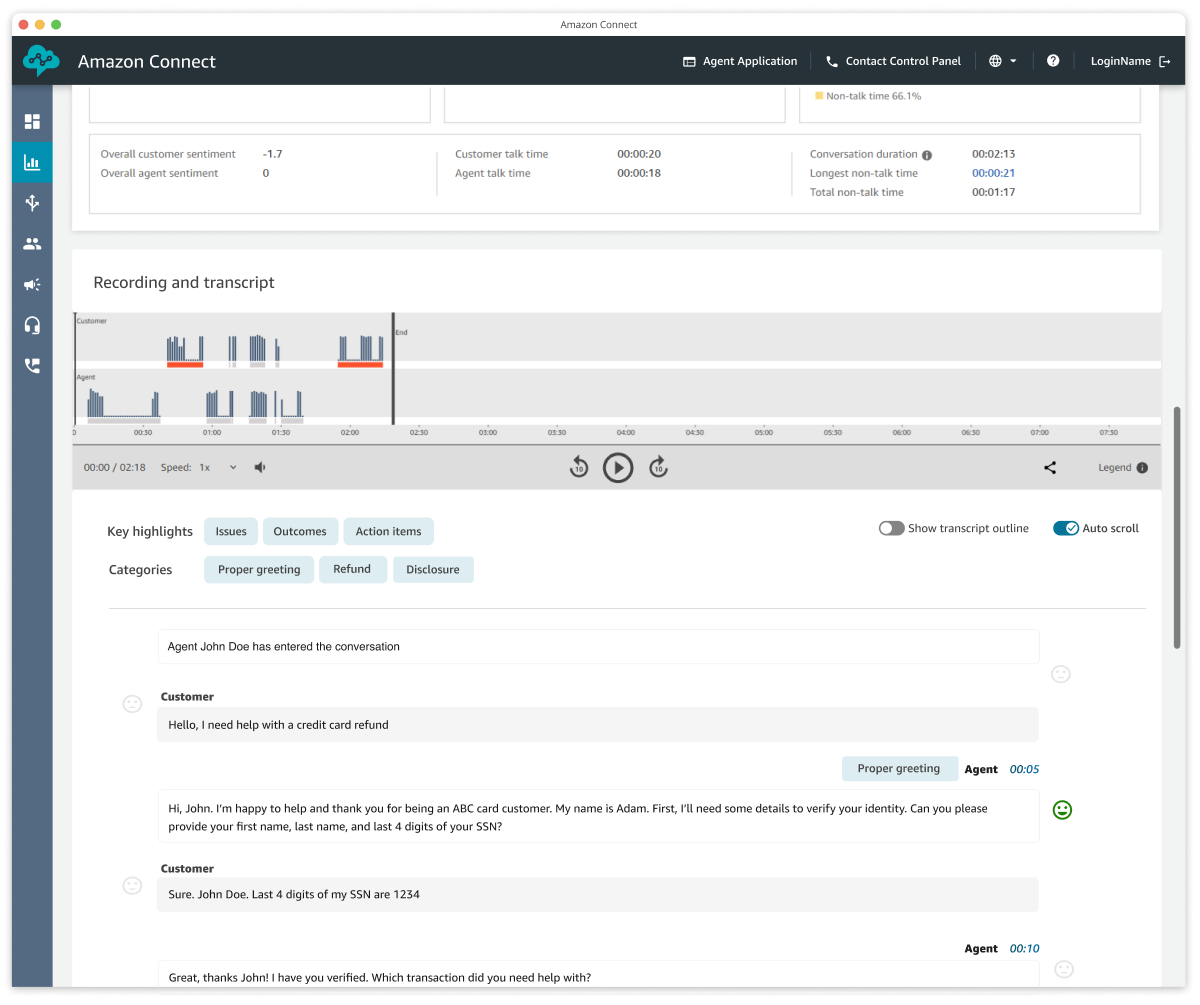
Contact Lens customers

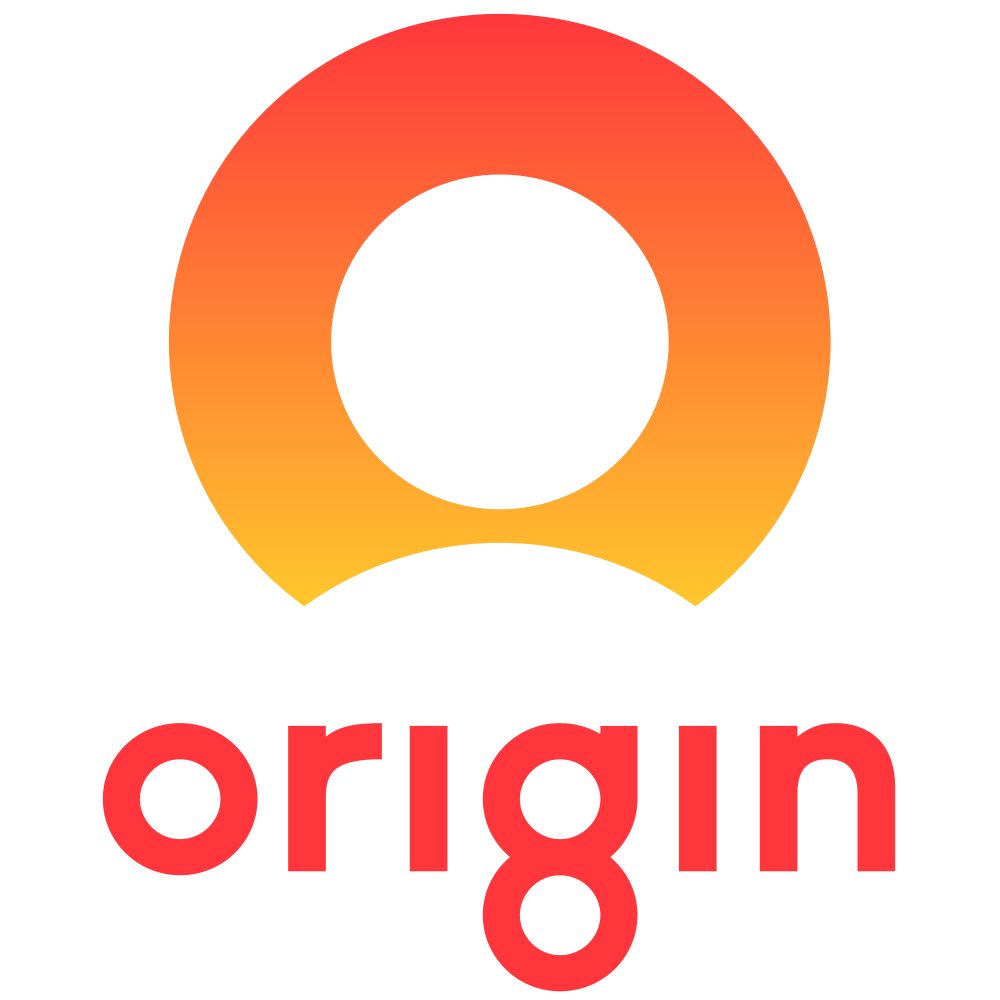






Neo Financial
Neo Financial is a leading financial technology company.
We wanted a better understanding of what our customers were telling us across our thousands of daily contacts. By leveraging Amazon Connect Contact Lens' powerful analytics and insights, we have seen significant impact on our customer experience and operational efficiency. The seamless integration with our CRM and knowledge management systems has empowered our agents with relevant information at their fingertips, resulting in a remarkable 10% reduction in average hold times and a 20% decrease in instances where customers are put on hold. The generative AI-powered post-contact summaries had an immediate impact on after call work, saving agents an average of 90 seconds on each interaction. The summaries also streamline complaint handling, saving leadership around 40 hours per month allowing them to focus on other execution related activities and strategic projects.
Shannon Burch, Vice President Experience, Neo Financial

Fujitsu
Fujitsu is a digital transformation partner based in Japan that works with customers globally.
Quality Management tools are essential to our Quality Assurance (QA) practice for providing improved user experience, customer satisfaction, and developing high quality service desk agents. One of the top pain points in this area is the lack of real-time visibility into the full picture of quality and performance. [Amazon Connect Contact Lens] helps to focus on higher-level strategic initiatives, and improves QA efficiency by 60%. With the ability to automatically record 100% of customer interactions, aggregate the data, and analyze it across multiple criteria, we can easily identify areas where our agents need improvement. This has completely transformed our QA practice making the process real-time rather than retrospective. It improves operational productivity and helps ensure our agents provide the best possible service to customers.
Alex Sanchez, Head of Global Offering Technology and GDC Networks, Fujitsu

Frontdoor
Frontdoor is a tech-enabled, people-driven platform for homeowners maintaining and repairing major home systems and appliances.
At Frontdoor, Inc., by utilizing Contact Lens on 100% of our inbound & outbound contacts, we’ve eliminated the need for agents to use manual ‘pause & resume’ functionality for payment & billing transactions, and instead rely on Contact Lens automated PCI+PII redaction, reducing our agent interaction time & reducing risk of fraud for our members. In addition, we’re leveraging Contact Lens to automate our Quality Assurance evaluations, increasing our sampling by 50x without increasing costs. We’ve now completed over 100,000 automated QA Evaluations utilizing Contact Lens & Quality Assurance Evaluations in Amazon Connect. Lastly, we’re exploiting the capabilities for automated contact categorization with over 50 automated rules in production to date.
Ben Moore, Director Contact Center Solutions, Frontdoor

Peraton
Peraton is the world’s leading mission capability integrator and transformative enterprise IT provider.
From mission services to digital transformation to enterprise operations, everything we do supports one imperative: solving some of the country’s most complex challenges. We use Amazon Connect Contact Lens to analyze post-call metrics, sentiment, and trends to understand our customer better and provide superior, proactive service. We're excited for [its] new real-time capabilities, which will allow us to detect customer experience issues during live calls so supervisors can jump in to provide immediate support, and improve the first call resolution rate by 25%, while reducing overall volume and costs by 5%.
Mike Kirkland, Senior VP of Offerings, Peraton

Conversational analytics
The capabilities listed below are included in conversational analytics pricing. These capabilities are available across voice and chat for both real-time and post-contact use cases. Conversational analytics pricing for voice calls is a per minute charge and for chat messages is a per message charge. To learn more information and see examples on pricing go to Amazon Connect pricing.
|
Capability
|
Description
|
|---|---|
|
Generative AI-powered contact categorization
|
Track customer conversations for compliance with company policies or regulatory requirements. Define and manage categories for your customer conversations with natural language. You can also automatically identify key parts of the customer conversation, assign tags (such as issue, outcome, or action items), display highlights, and access full conversation transcripts. |
|
Contact rules
|
Automate common and repeatable actions based on pre-defined trigger conditions such as keywords used on a contact, sentiment trend of a contact, agent evaluation score, agents being silent for long-periods on a contact, filtering specific contact attributes, and more.
|
|
Custom vocabularies
|
Improve the accuracy of speech recognition for terminology (such as product names and brand names) by expanding the vocabulary of Contact Lens’ speech-to-text engine. You can provide a list consisting of domain-specific words and phrases, words that aren’t being recognized correctly, and proper nouns. |
|
Email notification
|
Receive real-time email notifications when configurable conditions of a rule (such as customer sentiment) get initiated. This will help you identify and intervene on contacts where agents might need additional support and provide guidance to deliver better end-customer experiences.
|
|
Generative AI-powered post-contact summaries
|
Streamline and automate post-contact work with generative AI-powered summaries of customer conversations that are structured, concise, and easy to read. These summaries capture important information from customer conversations for both voice and chat, so supervisors can quickly review them, understand context, and follow up with customers or take other necessary actions.
|
|
Real-time data streams
|
Access real-time analytics using data streams to provide issue detection, sentence-by-sentence transcripts, sentiment analysis, and categories for ongoing customer conversations with low latency. |
|
Sensitive data redaction
|
Remove sensitive data (such as names, addresses, credit card details, and social security numbers) from both the call or chat transcripts and audio recordings. |
|
Sentiment analysis
|
Capture and analyze the sentiment of words being spoken by the customer through ML-powered natural language processing (NLP). It will generate a score between -5 (most negative) to +5 (most positive). |
|
Supervisor alerts on conversational analytics
|
Create rules to flag any customer experience issue in real-time, with categories based on keywords, sentiment, and phrase matching. This automatically alerts your supervisors in real time when they need to assist an agent on live contacts so they can provide guidance through chat or have the agent transfer the call. |
|
Speech transcription
|
Automatically transcribe call recordings into text to gain deeper insights into the meaning and context of agent-customer conversation. |
|
Theme detection
|
Discover emerging contact themes from your customer interactions such as "cancel reservation" or "delayed order." Leverage machine learning-powered theme detection to cluster contacts with similar issues together and see the resulting groups within the Amazon Connect interface.
|
Performance evaluation
The capabilities listed below are included in performance evaluation pricing. Performance evaluation pricing is charged per agent evaluated. To learn more information and see examples on pricing go to Amazon Connect pricing.
|
Capability
|
Description
|
|---|---|
|
Generative AI-powered automated evaluations
|
Perform automated evaluations of agent performance on 100% of customer interactions to holistically identify agent coaching opportunities, reduce non-compliance risk, and save time evaluating agent performance. Managers can specify their evaluation criteria in natural language and receive answers along with context and justification for the automated answers. For a more nuanced approach, managers can also choose to automate specific questions on an evaluation form, which they can review and edit before submission. |
|
Evaluation forms and contact scoring
|
Define and create a set of agent performance evaluation forms and complete the evaluations side-by-side with call recordings, transcripts, and conversational analytics outputs such as contact categories, sentiment scores, and issues detected. Get a contact scored based on the evaluation result instantly completed for your review. |
|
Supervisor alerts on agent performance
|
Supervisors get automated notifications whenever agents on their team need additional guidance to improve their performance (e.g., evaluation score) and help meet their contact center’s quality assurance requirements. Use multiple methods to notify supervisors such as Amazon Connect Tasks, email notifications, or EventBridge integrations to third party applications. |
Screen recording
Screen recording pricing is charged per recorded minute. To learn more information and see examples on pricing go to Amazon Connect pricing.
|
Capability
|
Description
|
|---|---|
|
Screen recording
|
Enables companies to easily record agents’ screens along with their audio in Amazon Connect, providing managers the ability to not only listen to, but also watch agents’ actions while handling a customer contact (voice call, chat or tasks). |
Other Contact Lens capabilities
The capabilities listed below are included in Amazon Connect pricing. To learn more information and see examples on pricing go to Amazon Connect pricing.
|
Capability
|
Description
|
|---|---|
|
Call recording
|
Access live and recorded conversations for your contact center calls to address use cases such as monitoring agent compliance, evaluating contact quality, and identifying calls for training purposes. These call recordings are stored in an Amazon S3 bucket, which you can consume outside of Amazon Connect. They are also visualized within Amazon Connect on the contact details page. |
|
Contact details
|
Access details such as contact id, agent name, disconnect reason, and start and end time. |
|
Contact search
|
Contact search helps you quickly search a few relevant contacts from many contacts across the contact center. You can use filters such as agent name, queue name, conversational analytics (such as specific keywords, categories, and sentiment score), contact attribute, and many more to drill down to those relevant contacts in less time. This helps you understand customer trends and insights and how to improve customer satisfaction. |
|
Supervisor barge-in
|
Enables supervisors and managers to proactively join calls and take over an active call as needed. After joining, a manager can speak with the customer, add participants, and even choose to remove an agent, if needed. |
Blogs
Page topics
FAQs
Open allHow can I learn more about Amazon Connect?
For more information, see Amazon Connect.
How much does Amazon Connect Contact Lens cost?
Amazon Connect Contact Lens pricing is designed to be flexible and cost-effective, allowing you to pay for the capabilities you need. Contact Lens offers separate pay-as-you-go pricing for the following capabilities: conversational analytics, performance evaluation, and screen recording. Each of these capabilities has separate pricing terms and you choose which ones to use. You will be billed for each capability you choose to use based on their individual pricing. Conversational analytics capabilities pricing for voice calls is a per minute charge and for chat messages a per message charge, performance evaluation capabilities pricing is charged by per agent evaluated, and screen recording capabilities pricing is charged by per recorded minute. Some features are available for no additional charge, such as contact search, real-time metrics rules, dashboards, and analytics data lake. To learn more information and see examples on pricing go to Amazon Connect pricing.
How do I get started?
To get started with conversational analytics, see enable conversational analytics. The documentation provides instructions for how to turn on Contact Lens within your Amazon Connect instance. To create a performance evaluation form, see create evaluation form. To get started with screen recording, see enable screen recording. Some features like contact search, contact details, barge-in don’t require this instance setting.
What languages does Amazon Connect Contact Lens support?
Features within Amazon Connect Contact Lens have different levels of language support. See Languages supported by Amazon Connect for a current list. We will continue to add support for more languages.
What should I know before using sensitive data redaction?
The redaction feature is designed to identify and remove sensitive data. However, due to the predictive nature of ML, it might not identify and remove all instances of sensitive data in a transcript generated by Amazon Connect Contact Lens. We recommend reviewing the results for accuracy after enabling sensitive data redaction to verify they meet your needs.
The redaction feature is not intended to be used to de-identify healthcare data or to remove references to protected health information.
How do I access data in Amazon Connect Contact Lens?
Amazon Connect Contact Lens data can be accessed through the Amazon Connect Console (e.g. Contact details page, Contact search, or real-time and historical reports), the Amazon Connect Contact Control Panel (CCP), the Amazon Connect Agent workspace. You can also access data through the Amazon Connect Analytics data lake, APIs (e.g. Contact Lens Real-time APIs, Amazon Kinesis Data Streams, Contact Lens Evaluation APIs, Contact Lens conversational analytics S3 bucket, and Agent evaluation S3 bucket.
Are customer inputs processed by Amazon Connect Contact Lens stored, and how are they used by AWS?
Amazon Connect may store and use customer inputs processed by the service to provide and maintain the service and, unless you opt out as provided below, to improve and develop the quality of Amazon Connect and other Amazon machine-learning/artificial-intelligence technologies. We do not use any personally identifiable information that may be contained in your content to target products, services or marketing to you or your end users. Your trust, privacy, and the security of your content are our highest priority and we implement appropriate and sophisticated technical and physical controls, including encryption at rest and in transit, designed to prevent unauthorized access to, or disclosure of, your content and ensure that our use complies with our commitments to you. Please see Data Privacy FAQs for more information. As an AWS customer, you can opt out of having your content stored or used for service improvements. Instead of configuring this setting individually for each AWS account that your organization uses, you can configure an organization policy that enforces your setting choice on all accounts that are members of the organization. You can choose to opt out of content storage and use for an individual AI service, or for all of the covered services at once. You can query the effective policy applicable to each account to see the effects of your setting choices. Opting out applies to all AWS Regions excluding AWS GovCloud (US). Opting out deletes all of the associated historical content. For more information, see AI services opt-out policies.
Where can I find the availability of Amazon Connect services by region?
For latest region availability, see Amazon Connect feature availability by region.